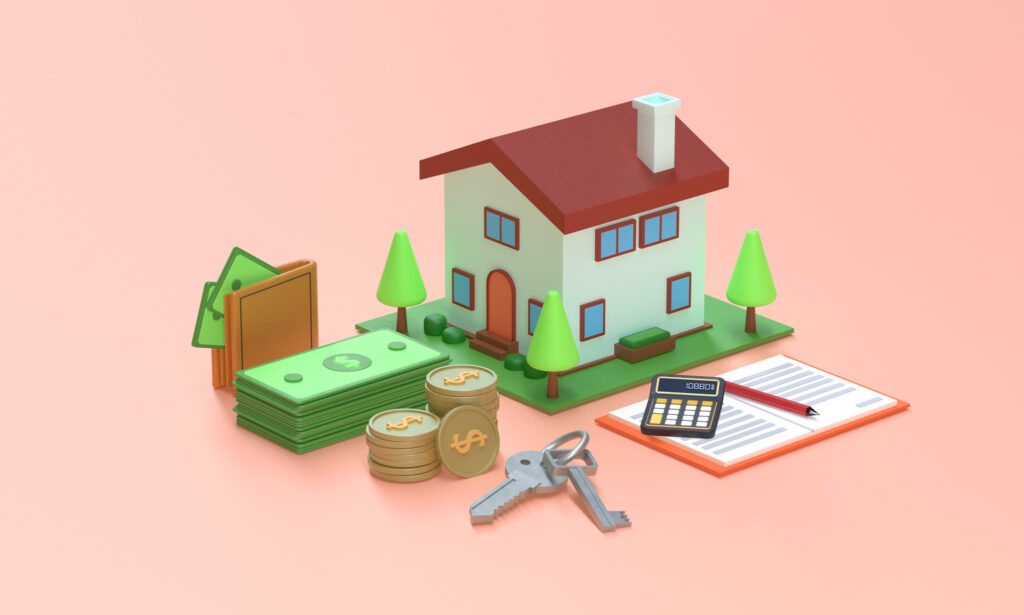Navigating Construction Loans: A Comprehensive Guide
Many people realize that a traditional mortgage won’t suffice when planning to build a new home or undertake a significant renovation. This is where construction loans come into play. These short-term, high-interest loans are designed specifically to finance the building process. While incredibly useful, they can be complex and intimidating without a clear understanding. In […]
Navigating Construction Loans: A Comprehensive Guide Read More »











